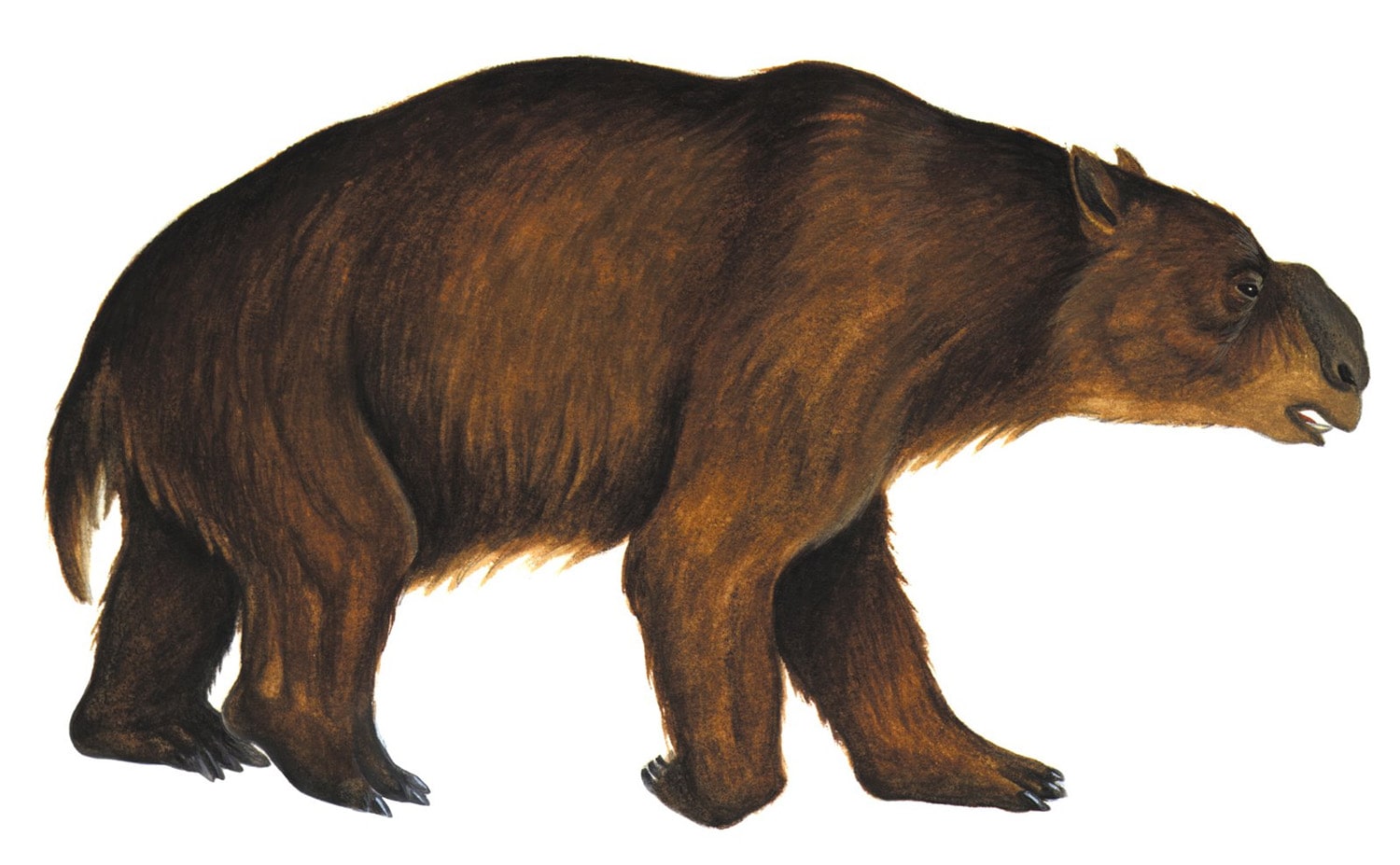
25 interesting facts about Megafauna
- 👁️ 393
Megafauna refers to the large animals that have roamed the earth, both in the present and during prehistoric times. The term often evokes images of massive, awe-inspiring creatures such as mammoths, giant ground sloths, and saber-toothed cats that once dominated landscapes across the globe. These animals have played crucial roles in their ecosystems and have fascinated scientists and the public alike. Understanding megafauna is not only important for paleontological research but also offers insights into ecological balance, extinction events, and conservation efforts. Let’s delve into some of the most interesting and informative facts about these magnificent creatures.
- The term “megafauna” is derived from the Greek words ‘mega’ meaning large and ‘fauna’ meaning animals.
- Megafauna typically includes any animal with an adult body weight of over 44 kilograms (100 pounds).
- Most of the megafauna that lived during the Pleistocene Epoch, which ended around 11,700 years ago, are now extinct.
- The extinction of many species of megafauna around the world is closely associated with the arrival of humans and the resulting hunting pressure and habitat changes.
- The woolly mammoth, a well-known type of megafauna, weighed as much as 6 metric tons and stood up to 4 meters (13 feet) tall.
- In North America, the mastodon was another prominent megafauna, similar in appearance to the mammoth but adapted to forest rather than tundra habitats.
- The largest bird ever to have existed, the elephant bird of Madagascar, which stood up to 3 meters (10 feet) tall and weighed up to 400 kilograms (880 pounds), is an example of avian megafauna.
- Australia was home to the Diprotodon, the largest known marsupial, which resembled a giant wombat and could weigh up to 2,800 kilograms (6,170 pounds).
- Megafauna such as the giant ground sloth could reach lengths of up to 6 meters (20 feet) and lived until about 10,000 years ago in the Americas.
- The saber-toothed tiger, a famous megafauna predator, had elongated upper canine teeth which could grow up to 20 centimeters (about 8 inches) long.
- The blue whale, the largest animal ever known to have lived, represents modern marine megafauna, reaching lengths of up to 30 meters (98 feet) and weights of approximately 180 metric tons.
- Some theories suggest that megafauna played significant roles in shaping their environments, such as by dispersing seeds and modifying the landscape, a concept known as ecosystem engineering.
- The American bison, which survived the megafaunal extinction that wiped out many large animals at the end of the Pleistocene, once roamed North America in vast herds.
- Human depictions of megafauna in ancient art, such as cave paintings, provide archaeological insights into the coexistence of early humans with these large animals.
- The quaternary extinction event, which saw the disappearance of most megafauna, is one of the most debated topics in paleoecology with hypotheses ranging from climate change to overhunting by humans.
- The presence of megafauna such as mammoths in the Arctic regions is believed to have helped maintain the grasslands there by preventing the spread of forests.
- Aurochs, the wild ancestors of modern cattle, were once widespread across Asia, North Africa, and Europe but became extinct in the early 1600s.
- Conservation efforts for modern megafauna such as elephants and rhinoceros are crucial due to their ecological roles and the threats they face from poaching and habitat loss.
- Pleistocene Park in Siberia is an experiment aimed at recreating the grassland ecosystem of the Ice Age, partly by reintroducing modern megafauna that resemble their extinct counterparts.
- Megafaunal species often have slower reproduction rates, making them vulnerable to overhunting and rapid environmental changes.
- The gastric-brooding frog, recently extinct, was considered megafauna among amphibians due to its unique reproductive method of swallowing eggs, allowing them to develop inside its stomach.
- Megafauna fossils have significantly contributed to our understanding of continental drift and past climate conditions.
- Some islands such as New Zealand had no terrestrial megafauna until human arrival due to their isolation and the absence of land mammals.
- Rewilding projects aim to restore modern ecosystems by reintroducing megafauna or their ecological equivalents to their former habitats.
- The study of megafauna remains has advanced with technology such as DNA analysis, shedding light on the evolutionary relationships between extinct and extant species.
Megafauna, from prehistoric giants to modern-day large animals, continue to captivate and intrigue us with their grandeur and ecological significance. These creatures offer a window into Earth’s past, revealing the dynamics of evolution, extinction, and human impact on natural environments. Conservation efforts remain critical to ensuring that current megafauna do not meet the same fate as their prehistoric counterparts. By studying and preserving these animals, we gain not only scientific insights but also a greater appreciation for the natural world’s complexity and interconnectedness.
Megafauna refers to the large animals that have roamed the earth, both in the present and during prehistoric times. The term often evokes images of massive, awe-inspiring creatures such as mammoths, giant ground sloths, and saber-toothed cats that once dominated landscapes across the globe. These animals have played crucial roles…